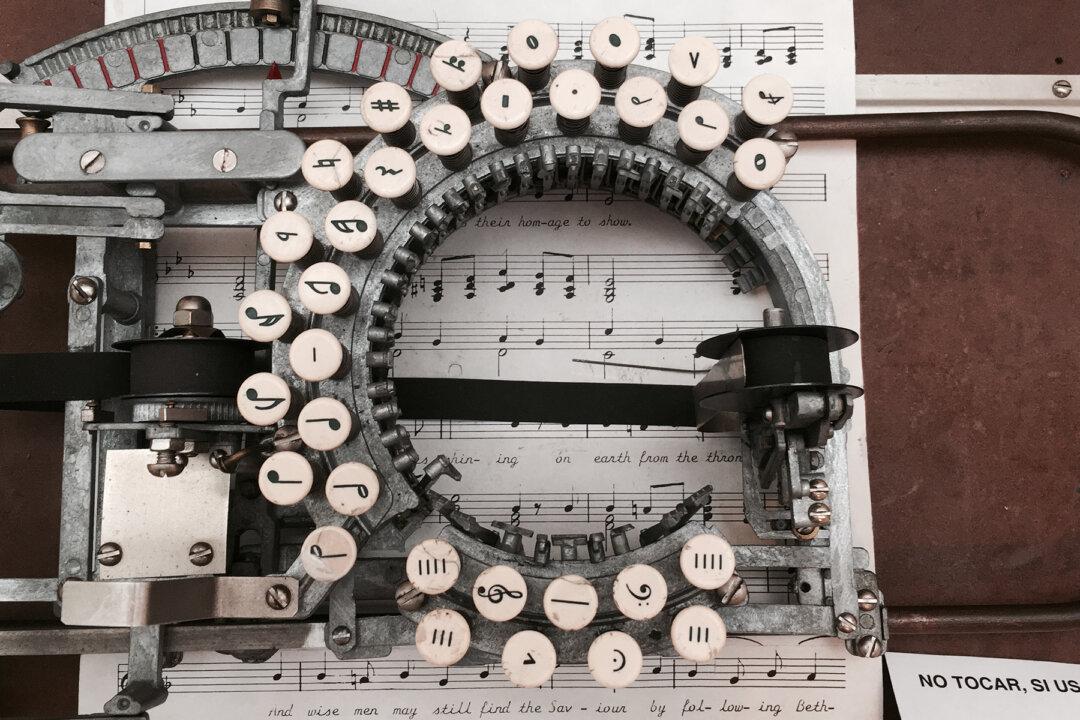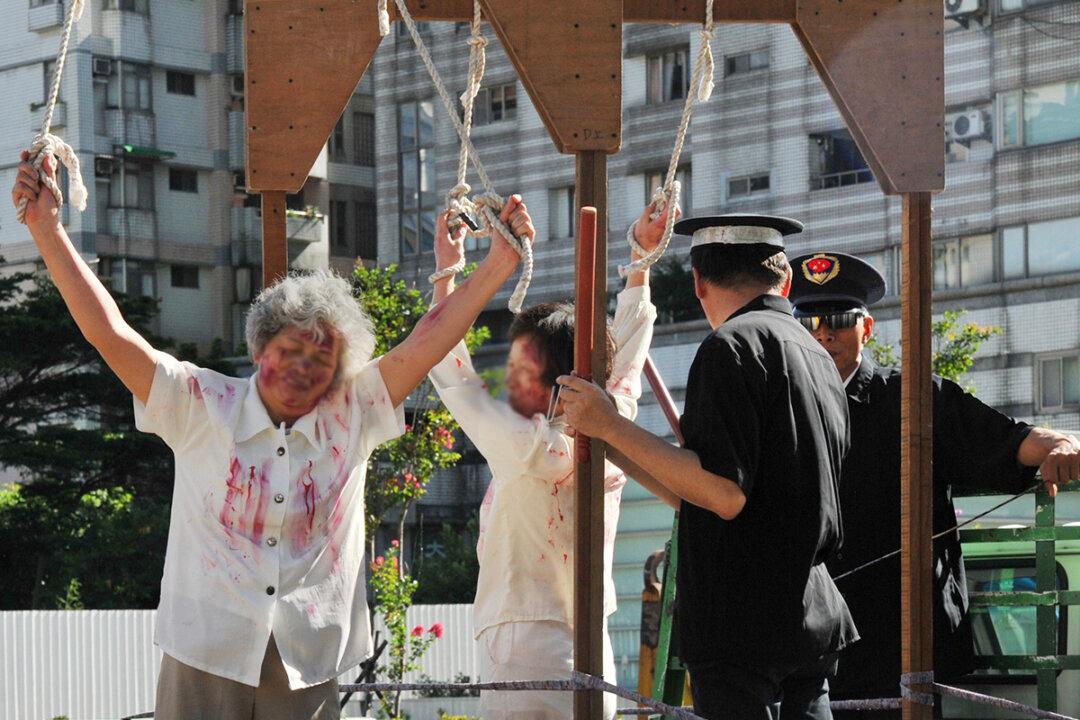The fascinating history of music printing has gone through many different phases, from woodblock printing, music engraving, to lithography. However, before technology developed and replaced all the old methods, several types of music typewriters were invented—and one of them was the unique-looking typewriter created by Robert H. Keaton.

Marcin Wichary/CC BY 2.0
|Updated:




![‘Killing You Would Be the Same as Killing Ants’: Prisons Where Innocent Citizens Are Tortured [PHOTOS]](/_next/image?url=https%3A%2F%2Fimg.theepochtimes.com%2Fassets%2Fuploads%2F2023%2F12%2F09%2Fid5544114-Falun-DaFa-practitioner-1080x720.jpg&w=1200&q=75)